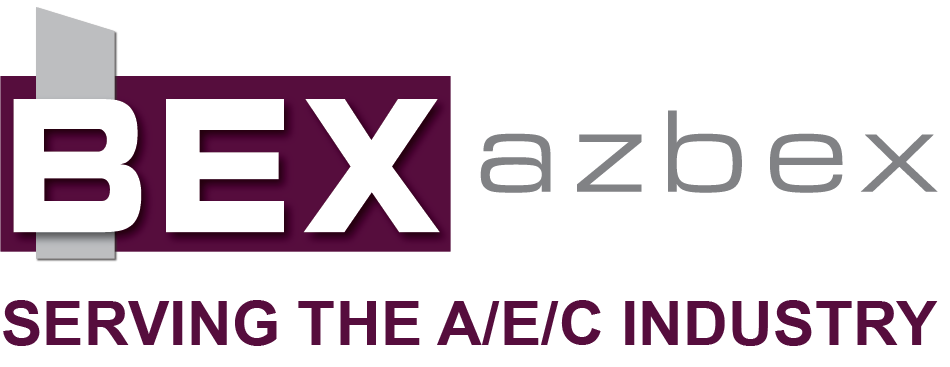Senators Tim Scott (R–S.C.) and Elizabeth Warren (D–Mass.), the Chair and Ranking Member of the Senate Banking Committee, respectively, have announced the bipartisan ROAD to Housing Act of 2025, a sweeping collection of policy and program changes targeted at increasing the nation’s housing supply.
Grant Reforms
Much of the bill focuses on reforming federal grants in transportation and housing to direct more funds to jurisdictions that are actively working to reduce roadblocks in the housing development process. The bill incorporates the Build More Housing Near Transit Act, prioritizing transit funding for developments in jurisdictions with policies to build housing along proposed transit routes.
The pro-housing policies are defined as “any adopted state or local policy that will remove regulatory barriers to the construction or preservation of housing units, including affordable housing units.”
It also includes support for specific policies that will make transit grant applications more competitive, such as eliminating minimum parking requirements, adopting approval-by-right for housing developments, reducing minimum lot sizes and eliminating or relaxing density and height restrictions.
The new legislation also includes the Build Now Act, which will redistribute a portion of Community Development Block Grant monies to communities building more housing.
Existing CDGB funding criteria examine population, poverty rates and the age of a community’s housing stock. Critics have called this an outdated model that leads to poor targeting of grant awards, particularly since the age of the housing stock means some wealthier jurisdictions in high-cost areas that build little-to-no new housing can receive disproportionately large awards.
The Build Now Act would create an additional formula under which jurisdictions with higher-than-median housing costs and lower-than-median housing growth rates would lose 10% of their CDBG funds, which would then be redistributed to jurisdictions with higher-than-median housing costs and higher-than-median growth rates.
The formula would exclude low-cost jurisdictions, those with high vacancy rates and those that do not regulate their own zoning or have experienced recent natural disasters.
Additionally, the Senate bill would create a standalone five-year, $1B housing “Innovation Fund” to reward jurisdictions actively working to improve housing supply growth. The competitive awards would be issued to communities that have seen the most housing supply improvements, as determined by the Department of Housing and Urban Development.
Grants would be capped at $10M and could be used for local services, clean water projects or efforts to reform local land use regulations, such as reducing minimum lot sizes, creating density bonus programs or allowing more “middle housing” options.
The Innovation Fund is generally viewed as an effort to improve the Pathways to Removing Obstacles housing grant program, first implemented in 2022.
PRO grants are commonly referred to as “YIMBY grants.” The Innovation Fund guidelines are much more specific and are targeted exclusively at jurisdictions that control their own zoning and planning processes, meaning states are not eligible, as they had been under PRO.
Also included in the bill is the Housing Supply Frameworks Act, which directs HUD to create model legislation states and local jurisdictions would implement for improved housing production.
HUD would have three years to release best practices for state and local zoning reforms, including residential density increases, elimination of parking minimums, enabling by-right development of duplex/triplex and similarly sized homes, and reducing or eliminating impact fees.
Other reforms in the ROAD to Housing Act include the elimination of some HUD code requirements for manufactured housing and exempting federally subsidized infill development from National Environmental Policy Act environmental review requirements. (Source)

